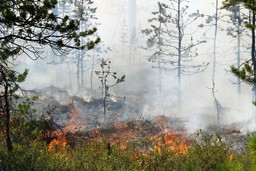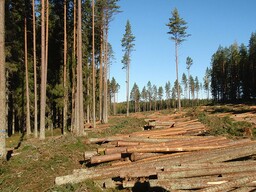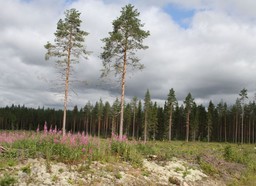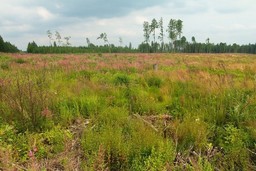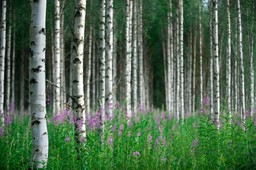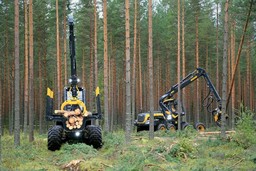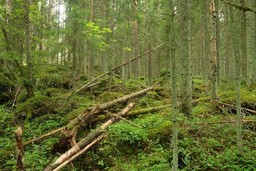5. Finnish nature
Contents
What kinds of environments do you enjoy?
5.1 Finnish cultural and natural heritage
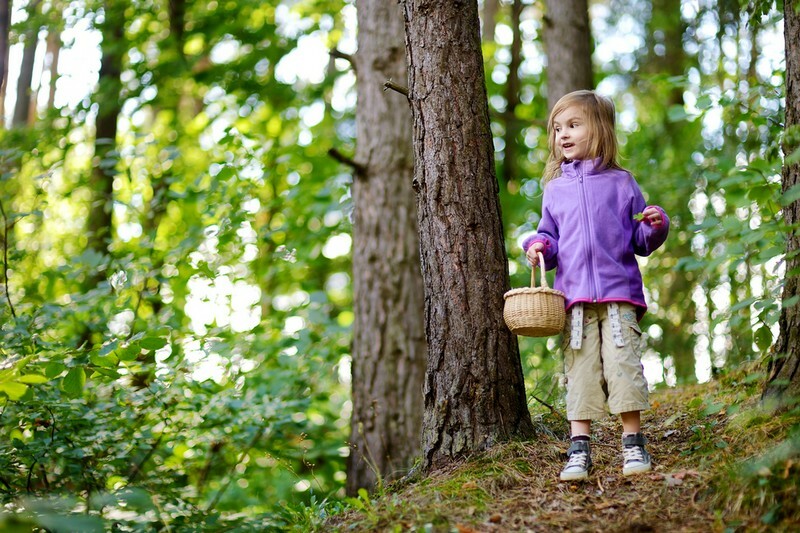 People from other places around the world often wonder about the relationship Finns have with the natural environment that surrounds them.
People from other places around the world often wonder about the relationship Finns have with the natural environment that surrounds them. In Finland, harsh natural conditions are part of everyday life during the winter, which is why schools are not closed at the first sight of snow.
Finns like to spend time in forests, fish, go to the sauna, swim in holes in the ice during the winter, etc.
Finnish people enjoy comprehensive everyman's rights, which give all Finns the freedom to use the nation's forests, waters, and bogs. On the other hand, the everyman's rights also help to guarantee that nature is treated in a respectable manner.
What kinds of things about Finnish culture are worth preserving? What do we want to cherish for the following generations? What kinds of natural features do we want to hang on to? What kinds of environments are safe and inspiring to live in?
5.2 Finnish nature is changing
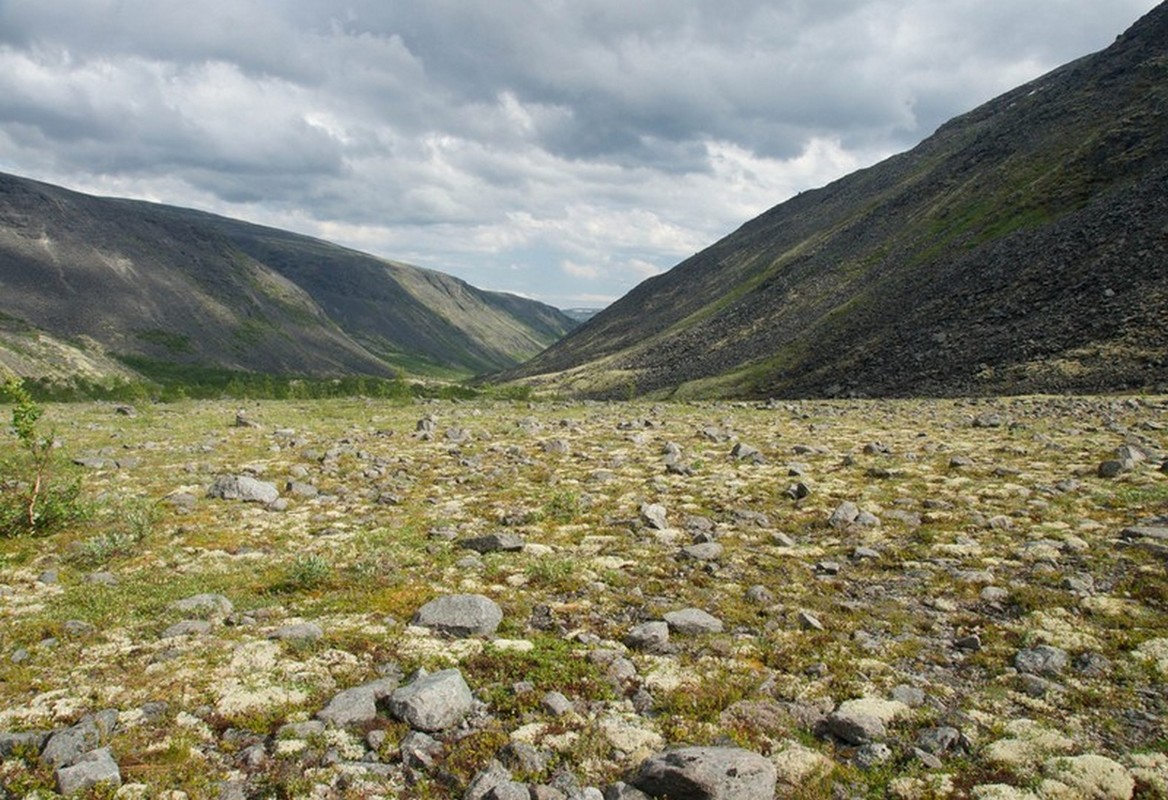
When the glacial ice retreated thousands of years ago, plants began to grow in the Finnish soil.
The most significant causes of changes in the Finnish environment have been the end of the Ice Age and the warming climate. Humans have also changed the Finnish environment significantly. Many of the nutrient-rich forests of Southern Finland have been cleared for agricultural use and human habitation has spread all over the nation.
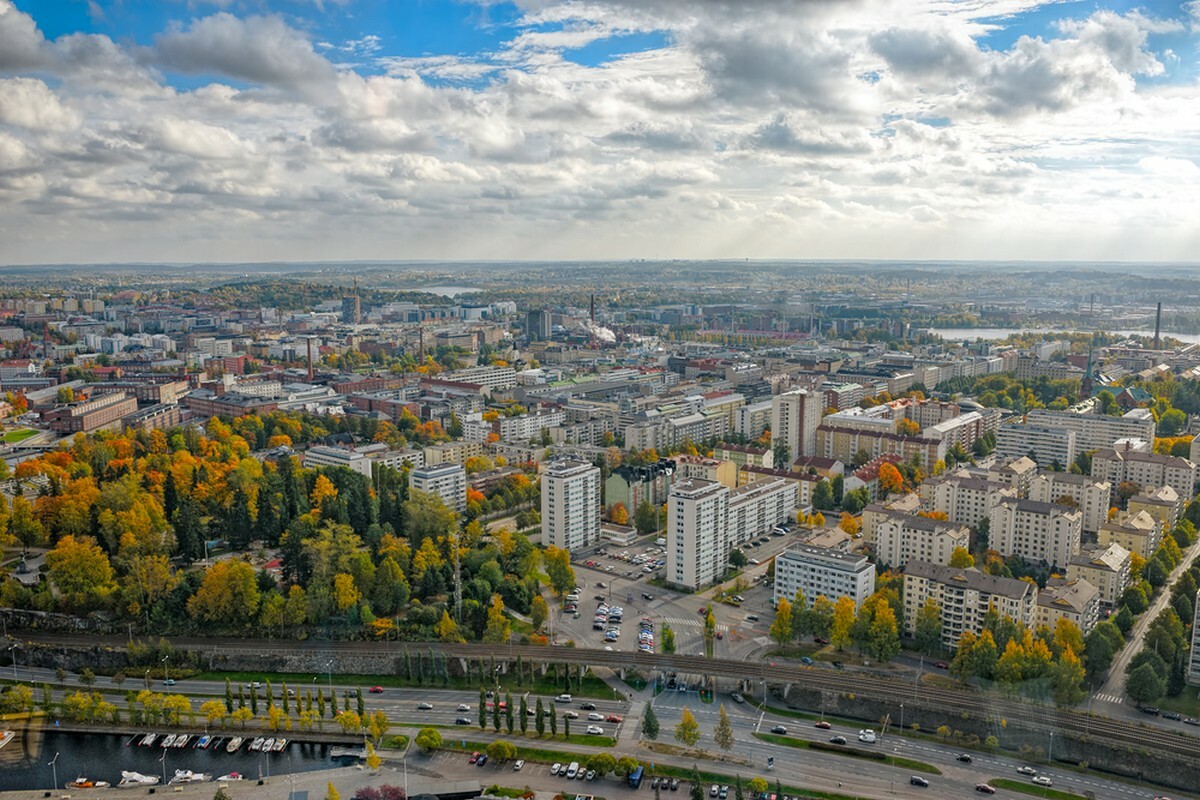
Tampere. Notice how the forests have been cut in order to make room for human habitation.
Analyze the video
5.3 Forests have formed after the Ice Age
When the continental glacier melted at the end of the last Ice Age, almost all of Finland except for Eastern and Northern Finland was covered by water.
When the ice gave way to bare soil, plants began to spread from the east to take over the rocky till. The ground was first dominated by mosses and lichens. After a while, other plants such as grasses and heathers began to spread into Finland, making the soil suitable for tree growth.
The coniferous taiga forests found in Finland today have developed only after the Ice Age. Birch was among the first tree species to spread into Finland, arriving approximately 11 500 years ago. Pine spread to the peninsula a thousand years later. Spruce was the last of our native tree species to spread to Finland, arriving only approximately 5 000 years ago.
The Finnish climate has experienced significant changes even after the Ice Age. The warmest period in Finnish history after the Ice Age was experienced during the comb ceramic period (approximately 4 000 BCE), during which Finland was home to various broadleaf tree species, and the climatic conditions were similar to those found in modern Central Europe. However, the climate began to cool down a couple of thousand years ago, resulting in changes in the Finnish forests. The climate has began to warm once again recently, as a result of human-caused climate change.

Spruce trees spread to Finland only a few thousand years ago.
5.4 Humans and forests
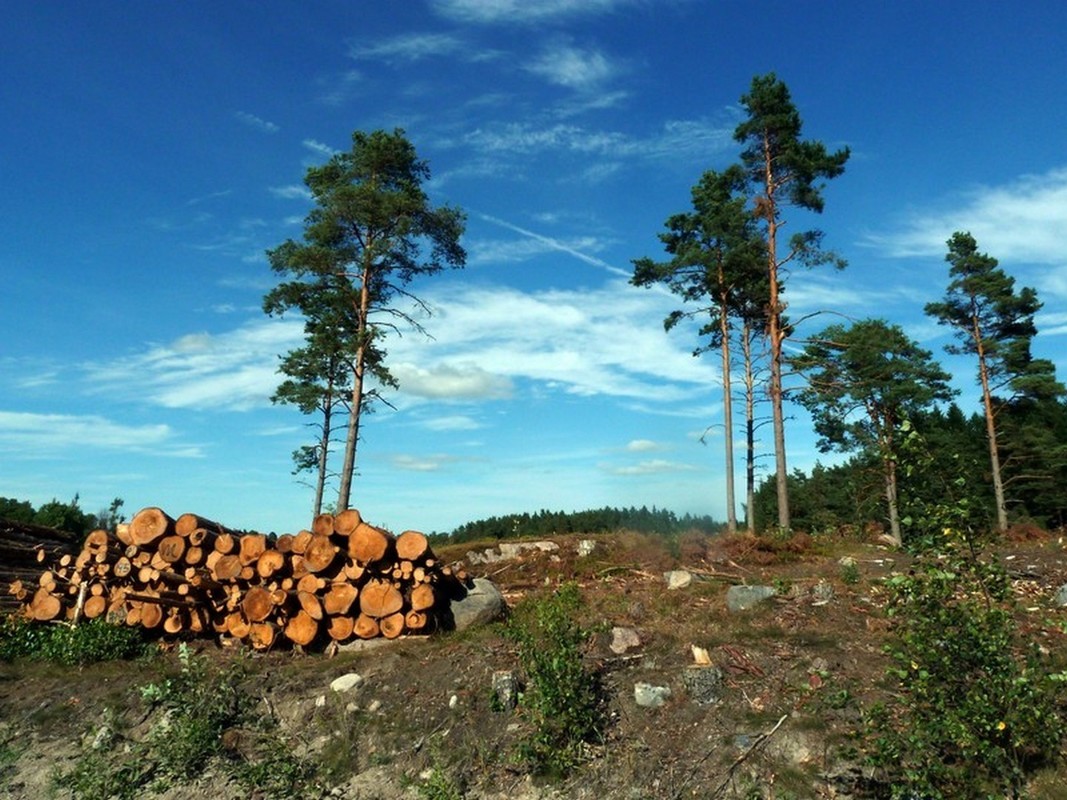
New saplings are planted after a forest has been clear-cut.
The commercial forest cycle begins when a forest is cut. After this, saplings are planted in the clearing. Saplings are taken care of by way of improvement felling. Finally, the mature trees are cut down once again. Commercial forests rarely grow over 80 years old before most of their trees are cut and sold.

A wintry commercial forest near Kuopio.
The plant species of a forest change over time. This process is known as succession. In natural conditions, the succession of a Finnish forest from a clearing to an old-growth forest takes approximately between 100 and 200 years. Old-growth forests accommodate the largest number of rare, endangered species in Finland, which is why they should be protected.
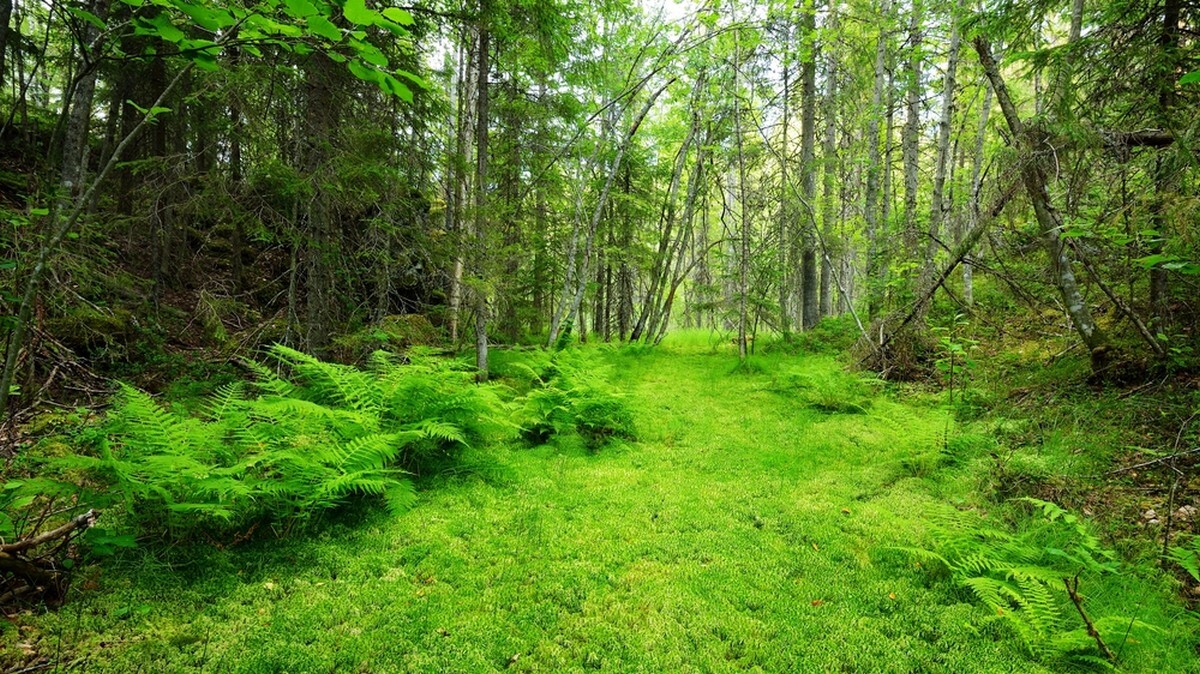
A forest in its natural condition. A bog has formed where an old brook was once found.
5.5 Gallery: Forest succession
5.6 Forests in the future
Trees will continue to provide important raw materials in the future, as well. In addition to being an important industrial material, wood also continues to be used in construction. It will also grow more important as the demand for various biofuels increases in the future.
Climate change has a significant effect on Finnish forest ecosystems. However, Finnish forests and their plants are important carbon sinks that help to combat and slow down climate change. This is why forest should be conserved for the future.
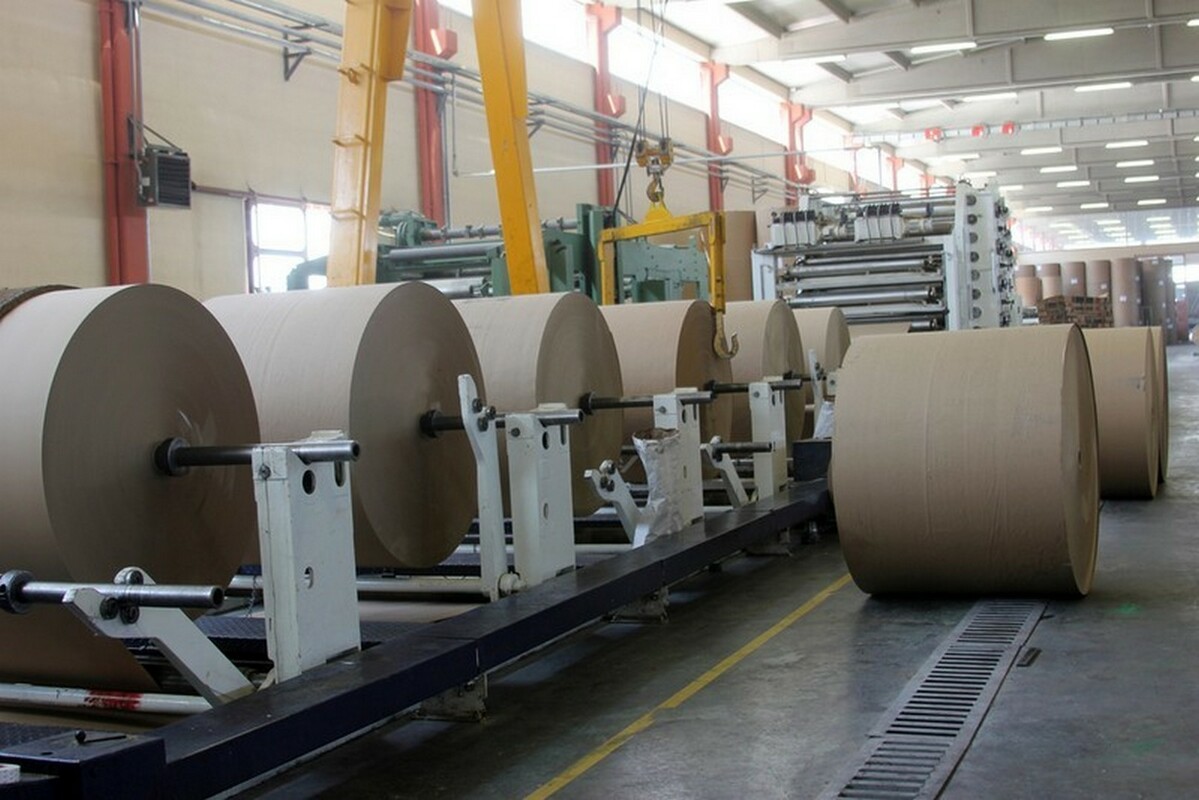
The paper industry is a significant part of the Finnish economy.
5.7 Finnish landscapes are changing
Landscapes, places and buildings are all part of our cultural heritage. Samples of our cultural heritage are everywhere around us. Examples of cultural heritage include things like an object found in a museum, the frontyard of a house, a building, a road, an old car or a landscape of a small town. Cultural heritage can also take the form of art and stories that is transmitted from generation and generation. Our cultural heritage connects us to our ancestors and makes it possible for us to familiarize ourselves with our own cultures and those of other communities. Our cultural heritage changes constantly, and our present will become the cultural heritage of the following generations.
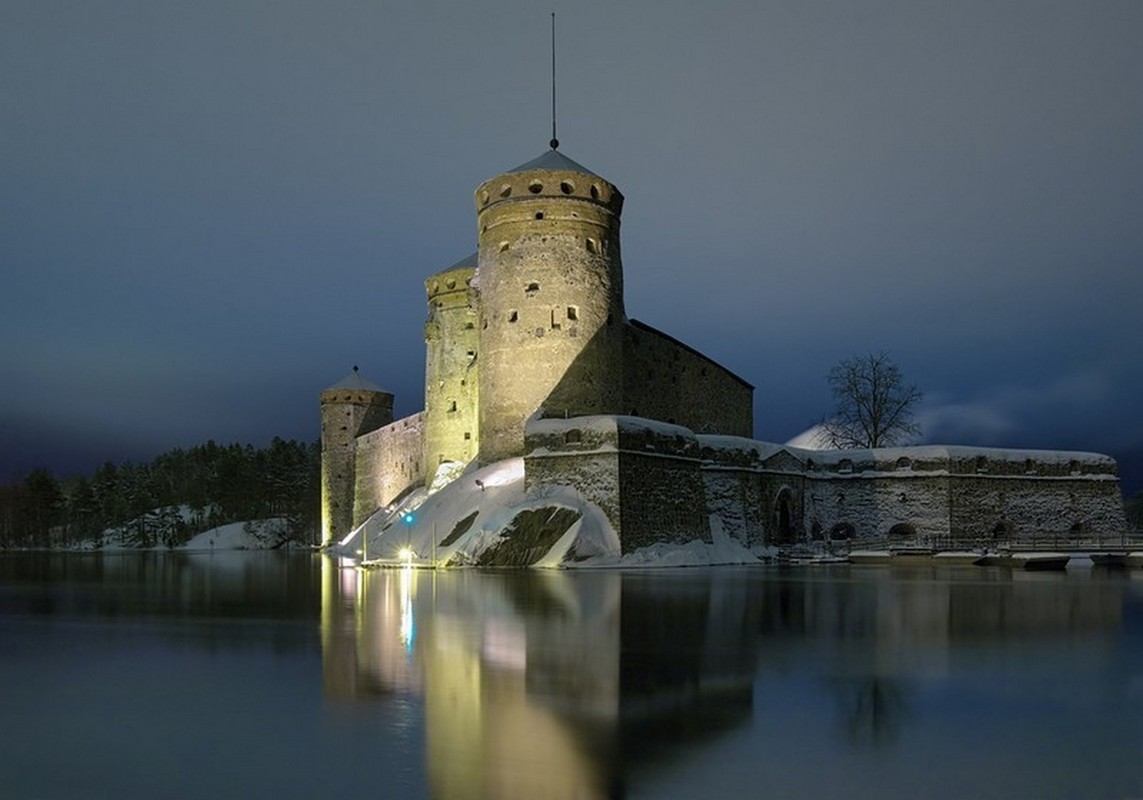
The Olavinlinna castle in Savonlinna.
Rural landscapes are an example of our disappearing cultural heritage. They are one of our many traditional landscapes or traditional biotopes. Rural landscapes and other traditional biotopes are conserved and sometimes recreated in national parks. By preserving our traditional biotopes, it is possible for us to understand where we come from.
The landscapes of various industrial areas have also changed significantly during the 19th century due to the change in the nation's economic structure. Another example of our cultural heritage is preserved in the wooden neighborhoods of our oldest cities, as well as Finland's various castles and landmarks.
